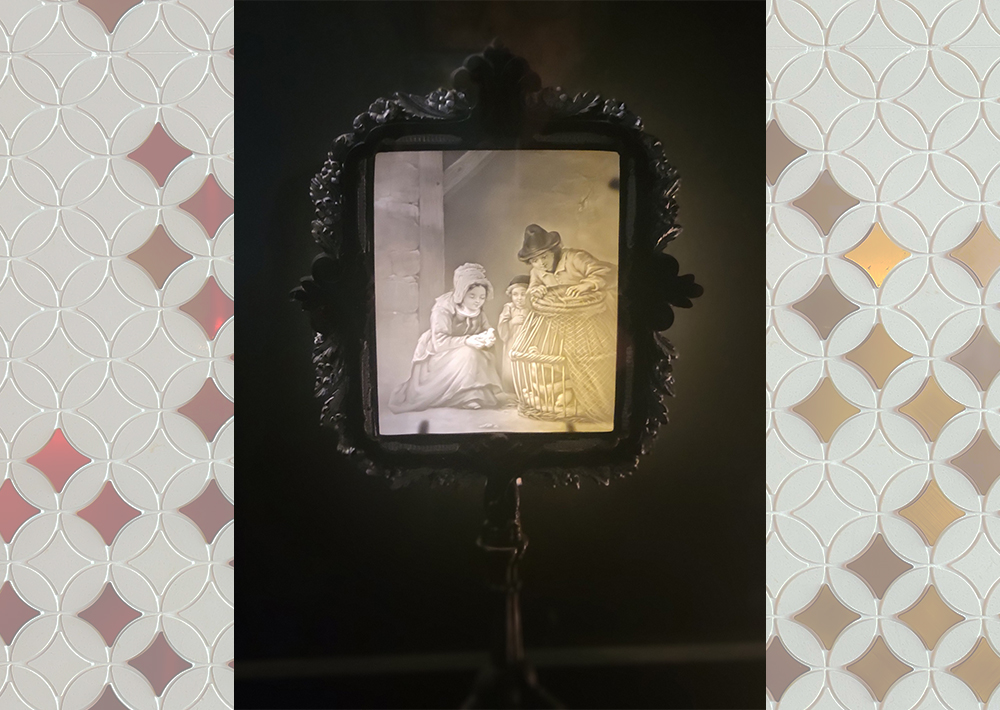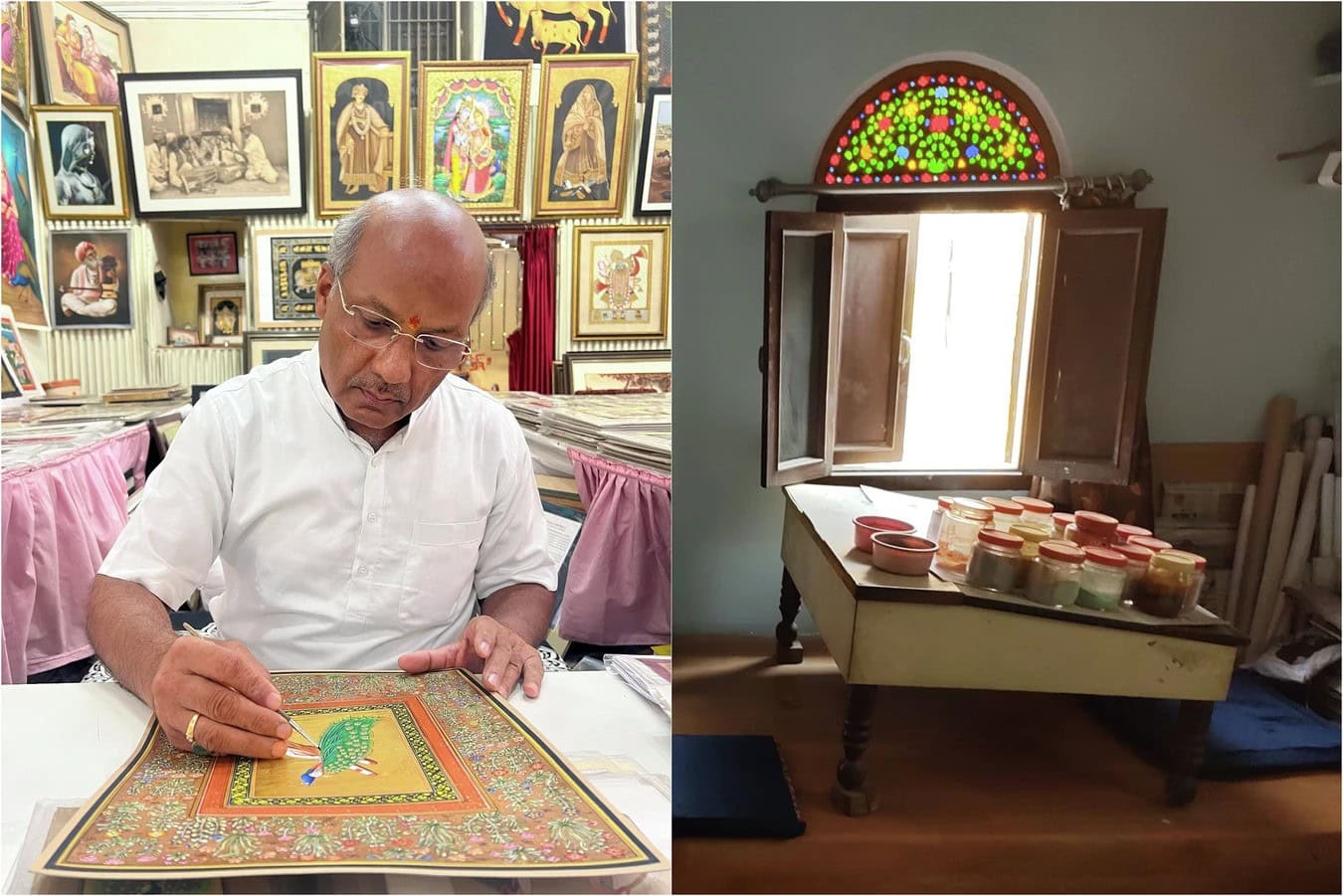
[Image above] A fragment from an ancient figurine shows traces of direct modeling on the clay—manual pressure of the fingers to shape the ankle, sole of the foot, and incised decoration to represent toes. Credit: Bustamante et al., PLoS ONE (CC BY 4.0)
It’s been four years since I graduated with my bachelor’s in physics, and when I look back at old homework sets, I sometimes wonder how on earth I ever understood all of those symbol-filled mathematic equations.
Fortunately, I have the ability to easily look up my old class notes or reach out to friends if I wish to refresh my knowledge on how to solve such problems. But relearning knowledge is not always so easy, especially in cases when the original creator of a technique has long passed without writing down their process.
This situation is what archeologists face when researching ancient cultures. In many cases, the techniques used to fabricate ancient artifacts are lost in time, and archeologists must formulate their best hypothesis as to the fabrication and application of an artifact.
In the past few months on CTT, we discussed a couple of studies demonstrating how archeologists go about this difficult task, such as by using advanced imaging techniques or comparing the artifacts to known samples. Now, a new study based in Colombia offers an example of pairing a reverse engineering framework with traditional visual and stylistic analyses to develop hypotheses about how an artifact was manufactured.
The researchers come from Universidad de los Andes in Colombia and the University of Cambridge in the U.K. Their study focuses on figurines created by people of the Tumaco-La Tolita culture, which was centered around the present border of southern Colombia and northern Ecuador.
“The evidence obtained by the archaeological studies conducted on the Colombian side [of the cultural region] established a regional sequence of four phases extending from 500 BC to 1500 AD,” the researchers write in the open-access paper.
Researchers have found a few solid and hollow ceramic anthropomorphic figurines in the first phase, which ranged from 500–350 BCE. These figures were somewhat stylized and with few ornamentations, mostly modeled and molded in a fine paste. It wasn’t until the second phase, which lasted from 350 BCE to 350 CE and is considered a climax of social and technological complexity, that mass production of complex ceramic figurines began.
A few figurines pertaining to the end of the second phase have been found, and these are crude and simply adorned, indicating a transition to the third phase (350–600 CE). Archaeological evidence suggests a 200-year chronological gap until the fourth phase, which extended 800–1500 CE, and the anthropomorphic figurines from this time are simple and plain.
To date, researchers have procured a considerable number of figurines and figurine fragments from the second phase, and they have written detailed descriptions of the artifacts focusing on stylistic and iconographic examination.
However, the hypotheses they drew about the statues using tools such as semiotics, ethnography, biological analogy, and synchronic and diachronic comparative analyses “are limited by the lack of written sources, inconsistencies in both the time frame and the cultural codes, and particularly the absence of archeological contexts for most of the figurines related to this tradition,” the researchers of the new study write.
To overcome some of these limitations, the researchers looked to complement the conventional tools of analysis with reverse engineering techniques.
“[The reverse engineering] methodology allows researchers to identify and characterize evidence in artefacts at different scales, compositional, mineralogical, textural, microstructural, using different materials science and engineering tools,” they explain.
They designed a six-stage reverse engineering framework that includes numerous imaging techniques, including X-ray fluorescence, X-ray diffraction, scanning electron microscopy, optical microscopy, and stereoscopy. They used the framework to analyze two sets of ceramic figurines of similar styles but recovered at two different sites.

Methodological stages of a reverse engineering framework used to develop hypotheses concerning manufacturing of ancient figurine shards. Credit: Bustamante et al., PLOS One (CC BY 4.0)
The results from their reverse engineering-based analysis found that despite the figurines “sharing a style that reflects a shared ideology,” there were “clear and consistent differences … in each and every one of the manufacturing stages, as summarized in Fig 14, thus representing two different manufacturing pathways or chaînes opératoires within the broader Tumaco ceramic figurine tradition.”

Figure 14 of the paper summarizes differences in the manufacturing stages of ceramic figurines from the Tumaco-La Tolita archaeological tradition. Credit: Bustamante et al., PLoS ONE (CC BY 4.0)
While the researchers encourage additional studies to validate their hypotheses, they believe further use of reverse engineering frameworks by archeologists “will develop our understanding of ancient technologies and their interaction, while providing a complementary perspective on the development of social complexity and central political structures in the broader region.”
The open-access paper, published in PLOS One, is “Reverse engineering of ceramic anthropomorphic figurines from the Tumaco archaeological tradition in southwest Colombia” (DOI: 10.1371/journal.pone.0250230).
Author
Lisa McDonald
CTT Categories
- Art & Archaeology
Related Posts
Celebrating the US Semiquincentennial: Ohio Creativity Trail
December 16, 2025
Lithophanes: Dedicated museum sheds light on these porcelain artworks
November 13, 2025


